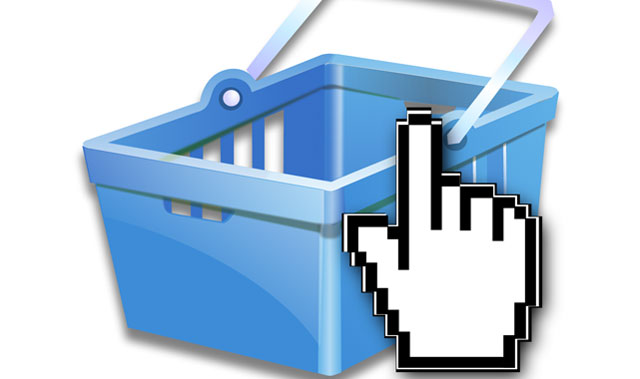
South Africans still prefer physical shops as opposed to buying goods online, according to a PwC survey released on Tuesday.
In 2014, the value of online retail sales in South Africa was R5,3bn, retail and consumer leader John Wilkinson told journalists in Johannesburg.
“That is tiny. That is not even 1% of total retail sales in this country,” Wilkinson said.
However, the value of online retail sales was projected to rise to R9,5bn in 2018.
According to the survey, 14% of the South African respondents said they shopped online weekly, or more regularly.
A total of 53% said they intentionally browsed products at a shop, then purchased them online, while 73% said they browsed products online, then bought them in-store.
Regarding reasons why people bought products online, 57% said it was because they could shop 24 hours a day, seven days a week, while 50% said there was no need to travel to a physical store.
A total of 40% said it was easier to compare and research products or offers in-store, and 36% preferred online shopping because they could get lower prices and better deals than in-store.
Twenty percent said they preferred online because they could look for a particular brand or product.
“It really echoed the results of the work we did last year with this survey,” Wilkinson said. “Retailers need to think beyond channels because we find that consumers are channel agnostic, and want to be connected to their retailers 24/7.”
The physical store was still the main touch point in South Africa, but online would become increasingly important, especially with mobile phones allowing retailers to interact with customers regularly.
More than half of South African shoppers, 59%, have researched products on their phones, while 63% have used them for price comparisons.
As a payment method, mobile phones were used only 9% of the time. Forty-eight percent of respondents said they were wary of having their credit card information stolen if they used a mobile phone to pay.
Kalahari.net and Woolworths had the biggest share of the online shopping market in 2014, at 6,6% each. The Apple App Store showed the largest growth between 2009 and 2014, reaching 4,6%.
The online survey, called “Total Retail: Retailers and the Age of Disruption”, involved more than 19 000 respondents, with around a thousand from South Africa. — Sapa




